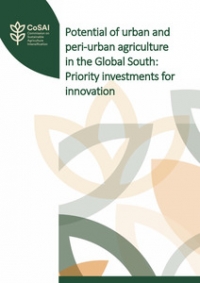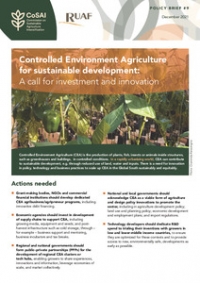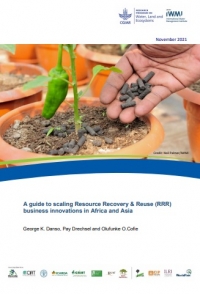Urban areas around the world are feeling the weight of growing populations. While cities can become hotspots for economic opportunity, they also churn out massive amounts of waste. Untreated waste that returns to the earth can be unsafe – and a waste of precious nutrients.
But now there are ways to not only treat that waste, but to turn it into something new – a solution and business model all in one. Resource recovery and reuse (RRR) is transforming waste management. And the start of this show? Fecal sludge.
Following 10 years of research in Ghana, IWMI/WLE pioneered an approach that treats fecal sludge to produce high quality fertilizer pellets. This provides farmers with safe, nutrient rich products to feed their crops. Recently, IWMI brought the approach to Sri Lanka, where researchers have piloted a new program.
“When you see that you’re on an island with limited resources, it becomes very intuitive that a circular construct for resource recovery and reuse is needed,” says IWMI Director General Claudia Sadoff. “It really is a pilot, or laboratory or metaphor for what we need to be doing for our planet as an island.”
The current step involves linking waste and agricultural sectors, as well as demonstrating to businesses the potential of growing the circular economy, especially for young entrepreneurs and women. WLE/IWMI researchers are working to implement the business models into the curricula of colleges and universities, and expanding to online learning. After all, within waste lies wealth.
Check out this short documentary: learn more about the value of waste, how to manage it, and how governments and entrepreneurs can recover costs. And see a prominent RRR research leader eat a fecal sludge fertilizer pellet!












